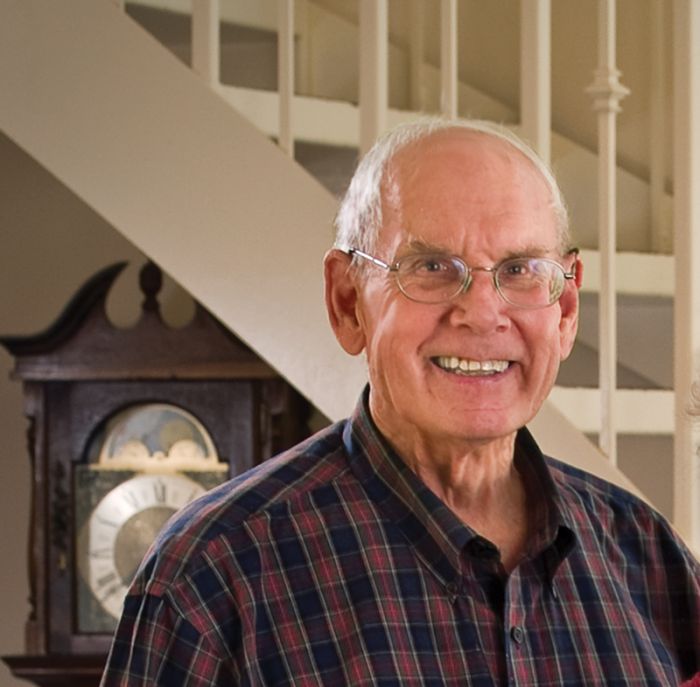Bob Anslow’s 50-plus-year career working at diverse technology companies started with a technology that’s become ubiquitous in the kitchen: the microwave oven.
In the late 1950s, soon after earning a chemical engineering degree from MIT and an MBA from Harvard, Anslow landed a job at Raytheon. At the time, the company had just invented microwave oven technology and wanted Anslow to help answer basic questions about how it should be sold. He started with the fundamental issues.
“My first job was to work with the guys in what we called the food lab,” says Anslow. “They did experimental work on figuring out what you could cook and what you couldn’t cook, and if you could cook it, how it would come out and how it would taste.” While they knew that microwaves were great for popping corn and melting chocolate, their experiments showed, for example, that beef turned gray and soufflés collapsed.

On a trip to the Army Foods Technology Lab in Chicago to discuss possible microwave uses, Anslow and Ivan Getting ’33, Raytheon’s vice president of engineering and research, happened to encounter the president of Amana Refrigeration. Later, they worked together to help Raytheon acquire Amana, which eventually commercialized Raytheon’s technology.
After nine years at Raytheon, Anslow joined Roanwell, an acoustic communication company in New York that was developing headsets, earphones, and microphones for the U.S. military. “We put every headset and handset into Cape Canaveral,” says Anslow—some 6,000 devices in all. While he was there, the company also developed the “red phone” that provided the president of the United States with a direct line to the Soviet Union following the Cuban Missile Crisis.
Anslow went on to work at Rockwell International, where he served as the product line manager for microprocessors, and at the British electronics company Plessey. He finished his career at Dynatem, where he handled manufacturing and quality control for military computers until his retirement in 2015.
Anslow’s ability to transition from chemical engineering to electronics was an important part of his career trajectory, and it’s something he attributes to his MIT education. “Everybody who has been to MIT appreciates the training they get, and, in many cases, people do switch what they’re doing,” he says.
Anslow and his wife, Carol, have two children and three grandchildren and live in Newport Beach, California. They enjoy traveling with the MIT Alumni Travel program and have recently been to China, Morocco, and Italy.
Keep Reading
Most Popular
Large language models can do jaw-dropping things. But nobody knows exactly why.
And that's a problem. Figuring it out is one of the biggest scientific puzzles of our time and a crucial step towards controlling more powerful future models.
The problem with plug-in hybrids? Their drivers.
Plug-in hybrids are often sold as a transition to EVs, but new data from Europe shows we’re still underestimating the emissions they produce.
Google DeepMind’s new generative model makes Super Mario–like games from scratch
Genie learns how to control games by watching hours and hours of video. It could help train next-gen robots too.
How scientists traced a mysterious covid case back to six toilets
When wastewater surveillance turns into a hunt for a single infected individual, the ethics get tricky.
Stay connected
Get the latest updates from
MIT Technology Review
Discover special offers, top stories, upcoming events, and more.